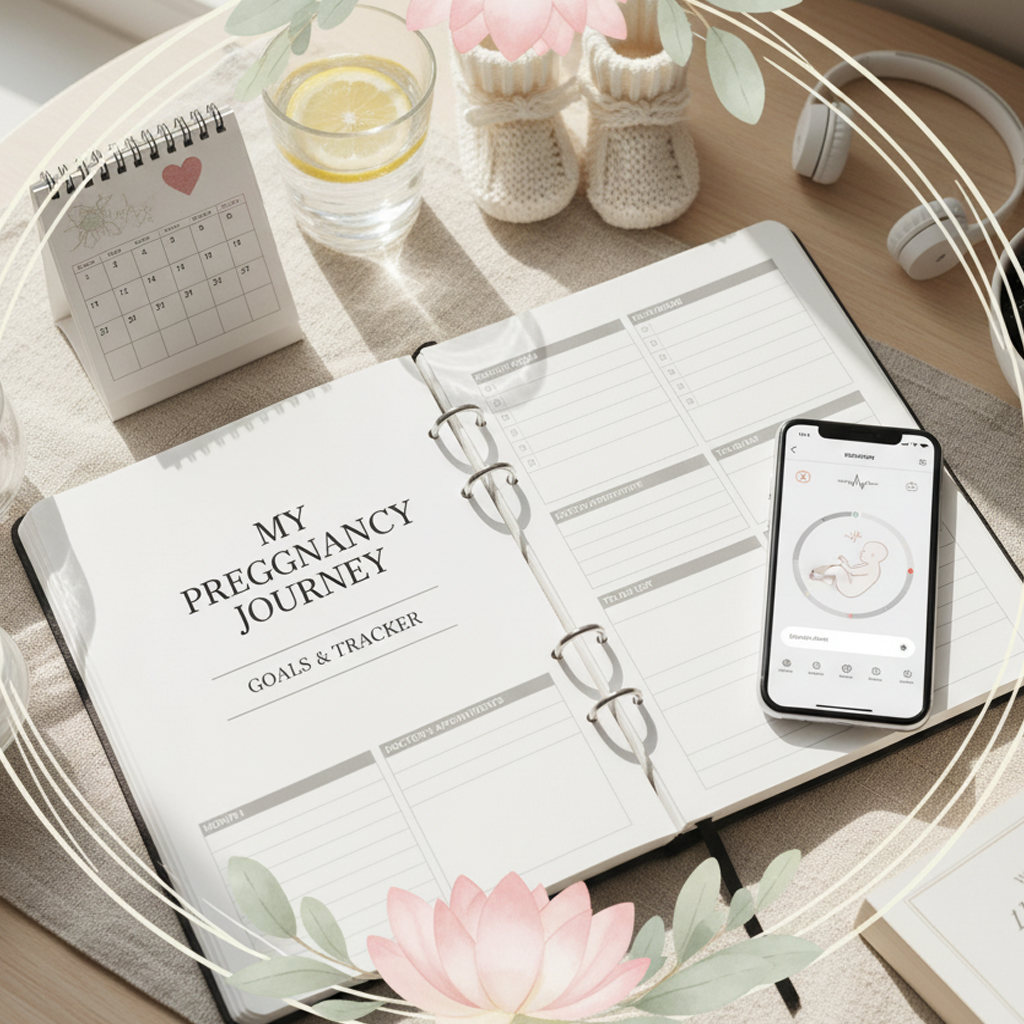Conception Wellness

Optimizing conception wellness through diet, exercise, and stress management enhances fertility and prepares your body for a healthy pregnancy. This holistic approach supports hormonal balance and overall reproductive health. Always consult a healthcare provider to personalize these steps, especially if you have underlying health conditions or fertility concerns.
1. Adopt a Nutrient-Dense Diet
-
Key Foods:
-
Leafy Greens: Rich in folate, which supports ovulation and early fetal development.
-
Berries: High in antioxidants to protect reproductive cells from oxidative stress.
-
Fatty Fish or Nuts: Provide omega-3 fatty acids to balance hormones and improve egg quality.
-
-
Foods to Avoid:
-
Limit processed foods and trans fats (e.g., fried foods, packaged snacks), which can disrupt hormonal balance.
-
Reduce caffeine to under 200 mg daily (about one 8 oz cup of coffee) to minimize ovulation interference.
-
-
Hydration: Drink 8-10 cups of water daily to support overall health.
-
Purpose: Enhances reproductive health and optimizes conditions for conception.
2. Exercise Moderately
-
Goal: Engage in 150 minutes of moderate exercise weekly (e.g., walking, swimming, or yoga) to maintain a healthy weight (BMI 18.5-24.9).
-
Benefits: Regulates hormones, improves ovulation, and enhances egg quality. Avoid excessive exercise, which may disrupt cycles.
-
Purpose: Supports fertility by maintaining optimal body weight and reducing stress on reproductive systems.
3. Track Progress
-
Action: Use a notebook, calendar, or digital reminder system to log diet, exercise, energy levels, and menstrual cycle changes (e.g., cycle length, fertility signs like cervical mucus or basal body temperature).
-
Fertility Signs: Monitor clear, stretchy cervical mucus (indicating fertile days), a basal body temperature rise (0.5-1°F post-ovulation), or mid-cycle pain to identify fertile windows.
-
Purpose: Helps identify patterns and optimize conception timing. Track for 3-6 months for accuracy.
4. Manage Stress
-
Action: Incorporate 10-minute daily meditation sessions, deep breathing, or mindfulness exercises to reduce cortisol levels, which can impair ovulation and conception.
-
Additional Practices: Try gentle yoga or journaling to process emotions and promote relaxation.
-
Support System: Discuss your conception journey with your partner or join local or online groups for aspiring parents to build emotional support.
-
Purpose: Reduces stress-related barriers to fertility and supports emotional well-being.
5. Involve Your Partner
-
Partner’s Diet: Encourage a nutrient-rich diet with foods high in zinc (e.g., nuts, seeds) and antioxidants (e.g., fruits, vegetables) to support sperm health.
-
Lifestyle Changes: Promote healthy habits like quitting smoking, limiting alcohol, and exercising moderately to enhance fertility.
-
Purpose: Optimizes both partners’ reproductive health for better conception outcomes.
6. Monitor for Fertility Concerns
-
Action: If conception is unsuccessful after 6-12 months (or 6 months if over 35), consult a healthcare provider for evaluation.
-
Signs to Watch: Irregular cycles (varying by more than 7 days), absent fertility signs, or persistent fatigue may indicate issues like polycystic ovary syndrome (PCOS) or hormonal imbalances.
-
Purpose: Ensures early detection and management of potential fertility challenges.
Benefits
-
Increased Fertility Rates: A healthy diet and lifestyle improve ovulation and sperm quality.
-
Reduced Time to Conceive: Optimized wellness supports faster conception.
-
Holistic Preparation: Prepares both body and mind for a healthy pregnancy.
Practical Tips
-
Diet Planning: Incorporate folate-rich foods (e.g., spinach, kale), antioxidant-rich fruits (e.g., blueberries, strawberries), and omega-3 sources (e.g., salmon, walnuts) into daily meals. Plan balanced meals with lean proteins and whole grains.
-
Exercise Routine: Schedule 30-minute sessions 5 days a week (e.g., brisk walking or prenatal yoga). Avoid high-intensity workouts that may stress the body.
-
Tracking Tools: Use a paper calendar or phone-based reminder to log diet, exercise, and fertility signs. Record basal body temperature daily with a digital thermometer (accurate to 0.1°F or 0.1°C) before rising.
-
Stress Management: Set aside 10 minutes daily for meditation or relaxation. Apps or online videos with guided breathing exercises can help (search for free resources if needed).
-
Cycle Monitoring: Track cervical mucus and BBT consistently. Note changes in energy or mood that align with cycle phases.
-
Partner Support: Share meal planning and exercise routines to make lifestyle changes a team effort.
Actionable Next Steps
-
Today: Start a personal log to track diet, exercise, and cycle changes. Begin incorporating folate-rich foods and omega-3s into your diet.
-
This Week: Schedule 150 minutes of moderate exercise and practice 10-minute daily meditation.
-
Next Month: Review cycle patterns and fertility signs. Encourage your partner to adopt similar healthy habits.
-
Ongoing: Consult a healthcare provider if conception doesn’t occur within 6-12 months or if you notice irregular cycles or symptoms.
Related Articles

Week 9 - Fetal Movement Starts

Week 28 - Rapid Weight Gain

Pregnancy Test Calculator

Week 8 - Major Organs Develop

Week 23 - Skin Thins

Week 7 - Facial Features Form

Week 6 - Limb Buds Appear

Pregnancy Goal Setting